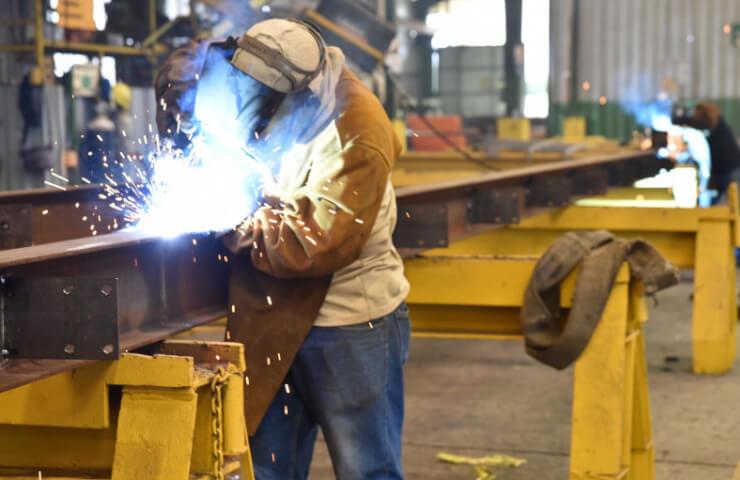Data published by Eurofer on October 30 showed EU apparent steel consumption fell for the fifth quarter in a row in the second quarter of this year, deepening the sector's recession, falling 7.6% year on year to 35.6 million tonnes.
The European Steel Industry Association now expects full-year 2023 consumption to fall by 5.2%, a larger decline than the 3% decline previously expected. This would be the fourth annual recession in five years, it said.
The stronger rebound in 2024 - to 7.6% compared with the previous estimate of 6.2% - is due to "still very uncertain "positive developments," added Eurofer.
No improvement in the situation in the short term
Eurofer CEO Axel Eggert said: “The outlook for the European steel sector is becoming bleaker with each passing quarter amid devastating wars, global tensions, an unresolved energy crisis, high inflation, tightening economic conditions and a historically high share of imports that is stifling production.”
Eggert added: “It is vital that EU policymakers commit to a course that supports sustainable industry in Europe and meets the demands of the clean technology value chain, of which steel is a fundamental part.”
Research experts show that steel producers across Europe are currently cutting or planning production cuts in an attempt to maintain their prices amid weak demand. The average price for hot-rolled steel coil in Europe has decreased by 27.4% since April. Over the same period, prices for steel rebar fell by 20.3%.
MEPS International Pricing Manager Kaye Ayoub:




